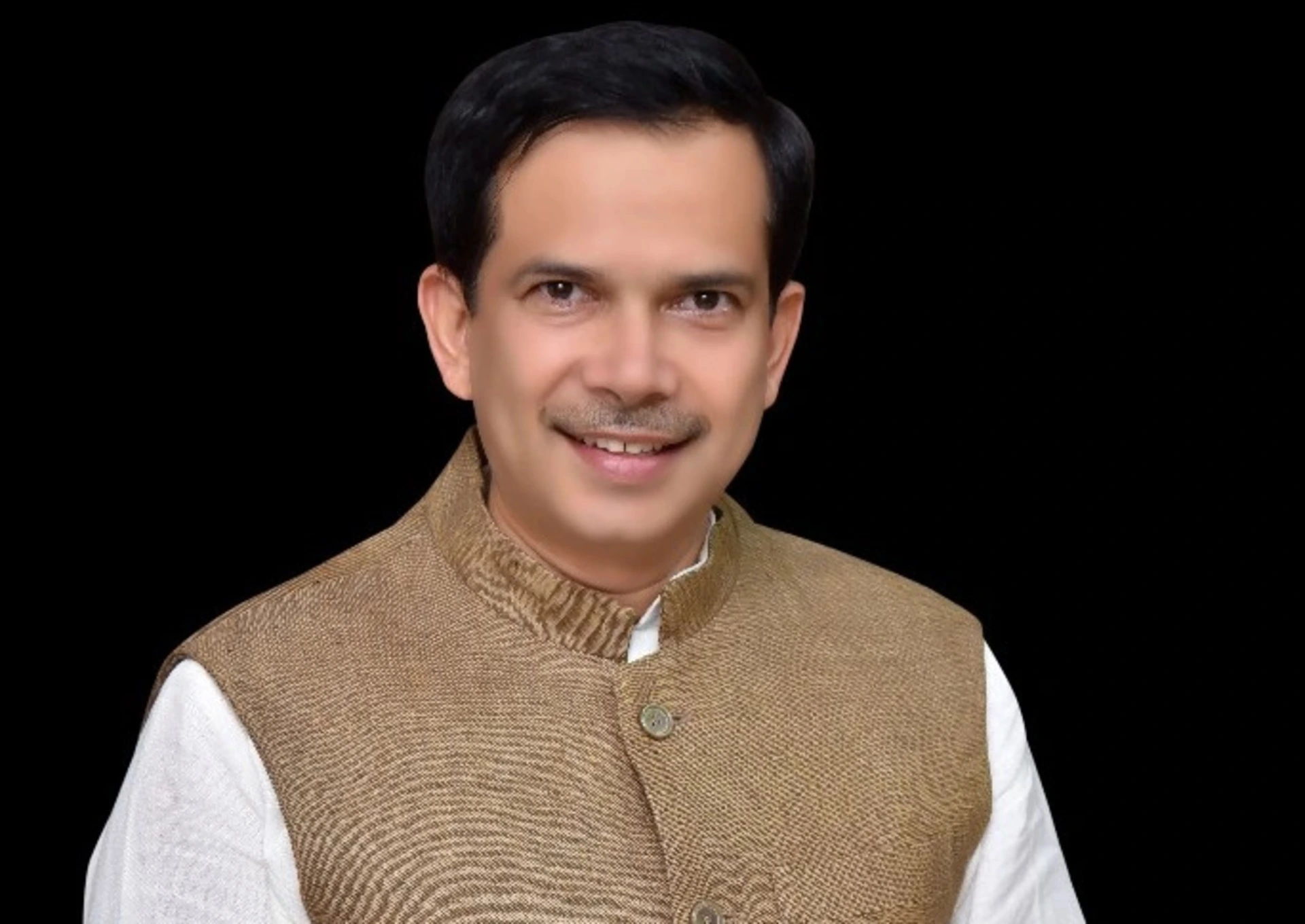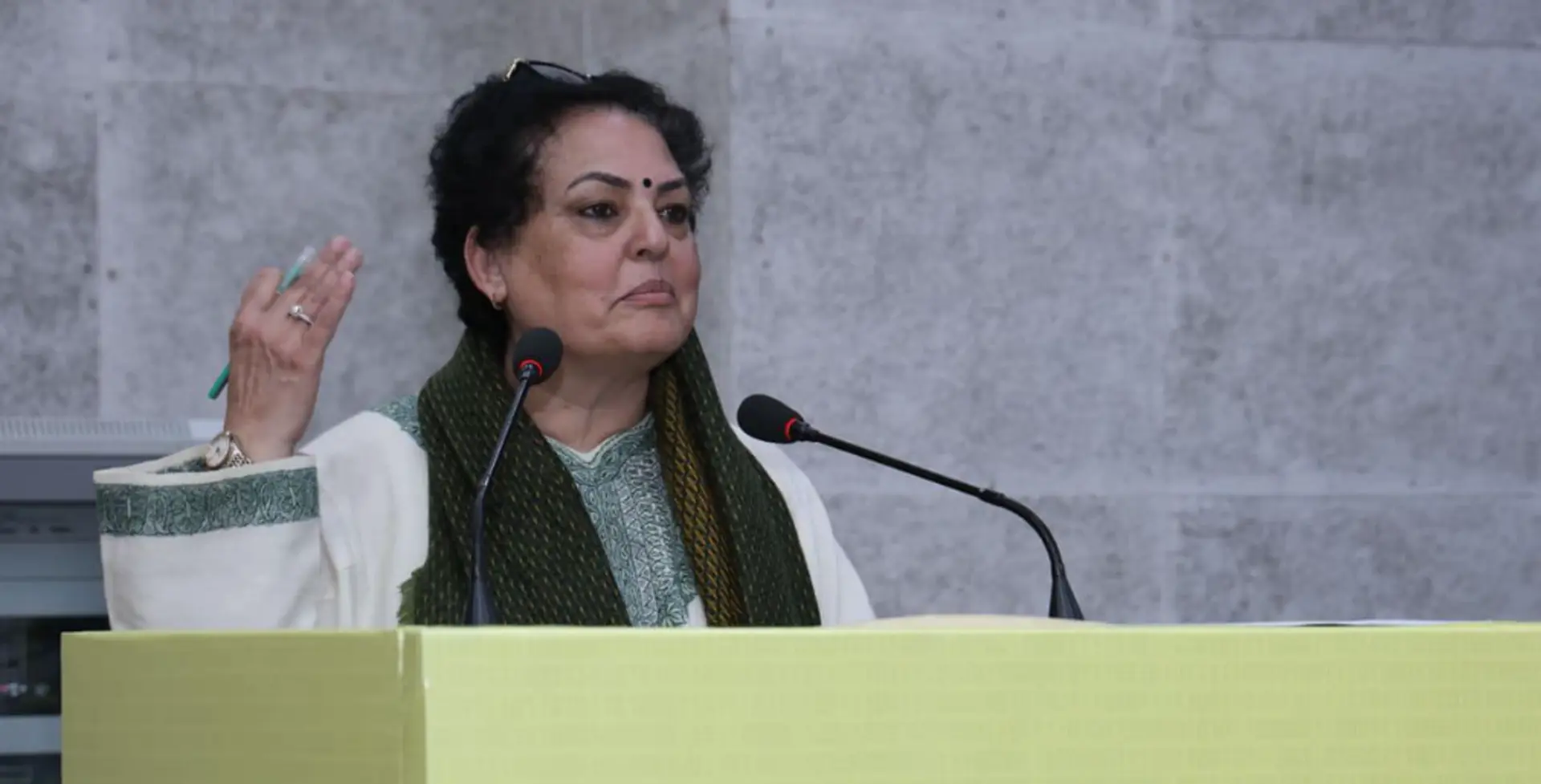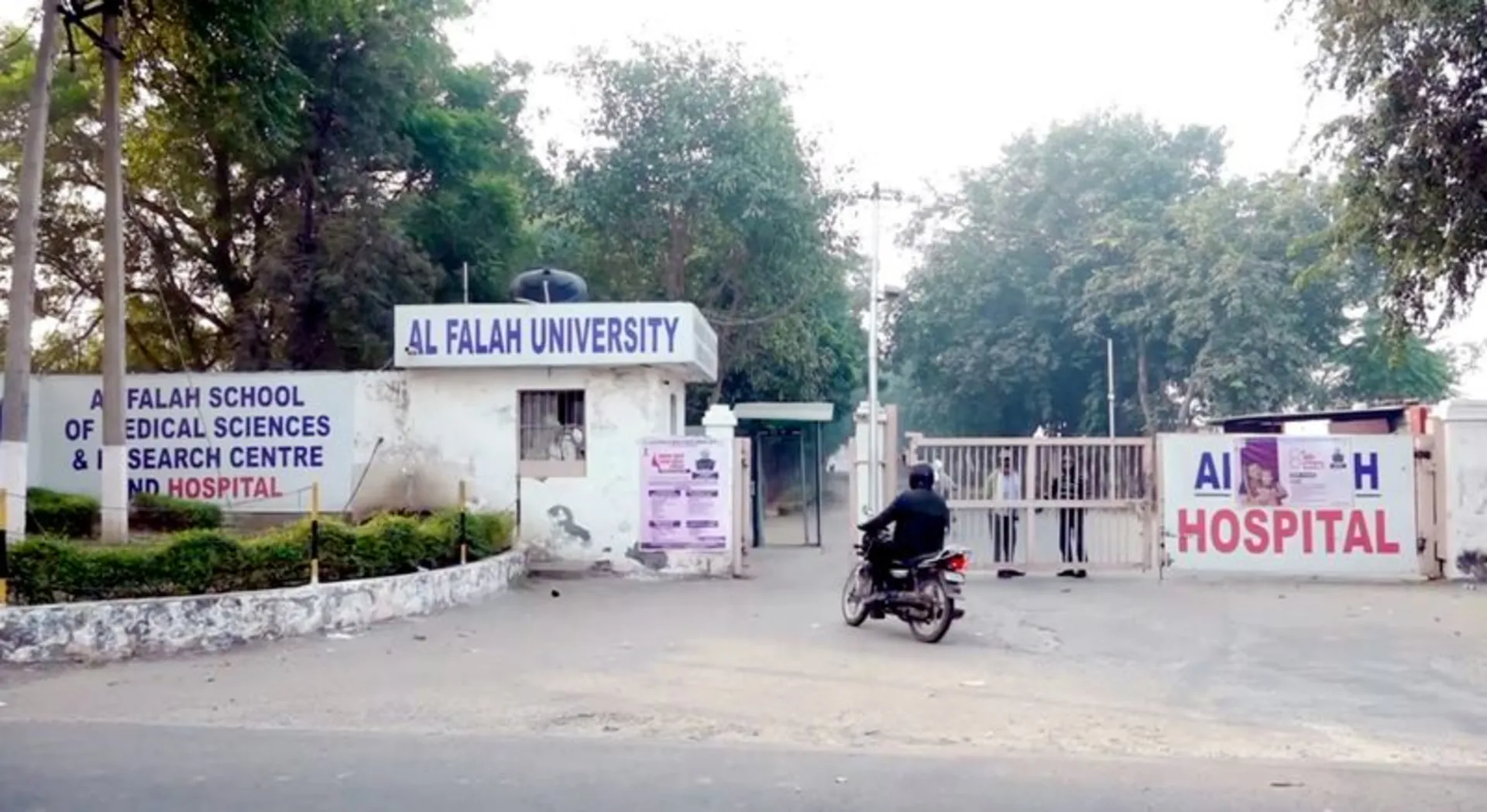
The Maha Kumbh 2025 has emerged as one of the largest religious gatherings in human history, with over 450 million (45 crore) devotees participating in the sacred bathing rituals as of February 11, 2025. The state government had initially estimated this number to be achieved over 45 days; however, this milestone was reached within just one month, with 15 days remaining before the grand event concludes. This extraordinary congregation, a blend of spirituality, elaborate rituals, and technological advancements, has set new global benchmarks in crowd management, sanitation, and digital facilitation.
Unprecedented Crowd Management and Logistics
With over 45 crore visitors, crowd management has been a major focus. The next significant bathing day, Magh Purnima Snan on February 12, 2025, holds deep spiritual importance, as it is associated with the veneration of Guru Brahaspati and the belief that the Hindu deity Gandharva descends to the sacred Sangam. To ensure smooth operations, the state government has designated the mela area as a 'no vehicle zone' starting February 11, 2025, allowing only essential and emergency services.
Indian Railways has been operating at full capacity to manage the influx of pilgrims. On February 9 alone, approximately 330 trains transported 12.5 lakh devotees, with 130 additional trains departing by 3 PM on February 10. Officials, including the Union Minister, have conducted rigorous reviews of the upcoming Amrit Snan preparations. All eight railway stations, including Prayagraj Junction, are fully operational, while the Prayagraj Sangam station remains temporarily closed around major bathing days to ensure smooth movement.
State-of-the-Art Security and Digital Infrastructure
The state government, in collaboration with multiple agencies, has deployed a multi-tier security and surveillance system. AI-powered CCTV cameras, drone surveillance, and real-time crowd analytics ensure the safe and organised movement of pilgrims. A digital token system has been introduced to regulate access to bathing ghats, preventing overcrowding. Special provisions for senior citizens and differently-abled devotees further emphasise inclusivity, making this Kumbh a truly accessible spiritual experience.
High-Profile Participation and Religious Significance
The historical importance of Maha Kumbh 2025 was further accentuated by the participation of the Honourable President of India, Smt. Droupadi Murmu, on February 10, 2025. She took a sacred dip at the Triveni Sangam, reinforcing the event’s spiritual prominence at the highest levels of governance. The President also visited significant religious sites and engaged with saints and devotees.
Other key figures such as Prime Minister Narendra Modi, Home Minister Amit Shah, and Defence Minister Rajnath Singh have also taken a holy dip in the Sangam. Renowned Bollywood celebrities and sports personalities have added to the grandeur, participating in rituals and engaging with the public. The presence of revered saints and spiritual leaders has further amplified the sanctity of the event.
Kalpavas: A Sacred Period of Spiritual Discipline
Kalpavas, a revered period of fasting and spiritual discipline during Maha Kumbh, witnessed participation from over 10 lakh devotees. The final holy dip on Magh Purnima marks the conclusion of Kalpavas, with rituals including Satyanarayan Katha, Havan Puja, and sacred donations. Following tradition, Kalpvasis immerse the barley sown at the beginning of their spiritual retreat into the Ganga and take home the Tulsi plant as a divine blessing. The twelve-year Kalpavas cycle culminates in the Maha Kumbh, followed by grand community feasts in their native villages.
Unparalleled Healthcare Services
To cater to the enormous number of devotees, extensive healthcare services have been deployed. Over 7 lakh pilgrims have received medical care, including treatment for 4.5 lakh individuals at 23 allopathic hospitals. More than 3.71 lakh pathology tests have been conducted, along with 3,800 minor and 12 major surgeries. Additionally, 20 AYUSH hospitals have provided over 2.18 lakh pilgrims with alternative treatments such as Ayurveda, homoeopathy, and naturopathy. The participation of specialists from AIIMS Delhi, IMS BHU, and international experts from Canada, Germany, and Russia has ensured world-class medical assistance. Services like Panchakarma, yoga therapy, and the distribution of health awareness materials have been highly appreciated.
Commitment to Environmental Sustainability
Aiming to make this the cleanest Kumbh Mela ever, authorities have implemented stringent waste management strategies. Over 22,000 sanitation workers have been deployed to maintain cleanliness, ensuring a litter-free environment. A large-scale water treatment initiative has been introduced to keep the river water clean and suitable for sacred rituals. Eco-friendly measures such as banning plastic and enforcing the use of biodegradable materials have been strictly upheld. The impact of the Swachh Bharat Mission is visible in the installation of thousands of bio-toilets and automated waste disposal systems throughout the Kumbh grounds.
A Grand Cultural Extravaganza
Maha Kumbh 2025 is not just a religious gathering but also a celebration of India’s rich cultural heritage. Classical dance performances, folk music, and spiritual discourses have been key highlights. Padma awardees and folk troupes from across India have enthralled audiences with performances in Kathak, Bharatanatyam, Lavani, Bihu, and other regional art forms.
Additionally, literary symposiums have brought together scholars to discuss ancient scriptures, Vedic philosophy, and the contemporary relevance of Sanatan Dharma. Artisans and craftspeople have set up stalls featuring traditional handicrafts, handloom products, and religious artefacts, transforming the mela into a vibrant cultural confluence.
Conclusion: A Testament to India’s Spiritual and Organisational Excellence
Maha Kumbh 2025 has set a new benchmark in the fusion of tradition and modernity, demonstrating India’s capability to organise an event of such magnitude with precision and devotion. With over 45 crore devotees already participating and more expected before its conclusion, this Kumbh stands as a testament to India’s rich spiritual legacy, meticulous planning, and unwavering commitment to sustainability and public welfare. This historic confluence of faith and governance reaffirms the global stature of the Maha Kumbh as an unparalleled religious and cultural phenomenon.














